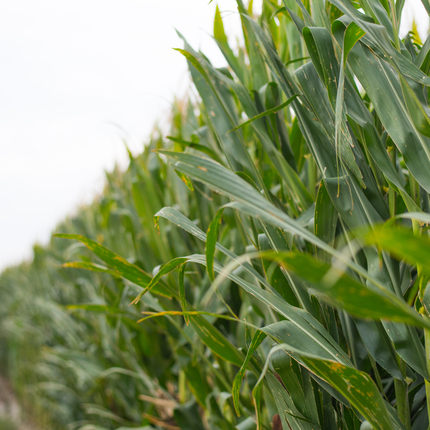By Eric Galatas, Public News Service- Nebraska
With Nebraska farmers facing runaway costs for herbicides and fertilizers this year, a new Center for Rural Affairs report suggested adopting simple conservation practices can help restore soil and improve bottom lines.
Kayla Bergman, policy manager at the Center, said the practices also put carbon, the greenhouse gas linked with climate change, to work improving crop yields.
"Our agriculture soils can actually sequester carbon and become a carbon sink," Bergman explained. "The carbon is not in the air, it's actually in a form in the soil and can be stored long term."
Some farmers have been reluctant to adopt conservation practices in the past due to their upfront costs, which can be significant. But Bergman pointed out funds are available through the Natural Resource Conservation Service. Money, and technical support for getting started and staying on track, can be accessed at your county's U.S. Department of Agriculture service center.
The seven practices recommended in the report help reduce the use of chemicals on lands which can compromise drinking water, soil health and wildlife habitat. Bergman noted now is a great time to shift away from fertilizers and herbicides, which have more than doubled in price over the past year.
"These conservation practices can assist with reducing input costs," Bergman observed. "They also build that healthy soil on farms that leads to better yields and long-term reduced inputs on farms."
The conservation measures aim to restore historically rich topsoil in the nation's breadbasket, which has been completely removed from approximately one third of the Midwest. Bergman added farmers can increase their land's water-holding capacity, aggregate stability and nutrient availability through common-sense management.
"Including things like cover crops, which helps protect the soil from eroding in the winter," Bergman advised. "Also practices like no-till, which is actually just not tilling the land in between crops."
Click here to listen to the interview.
Feature photo by Kylie Kai





